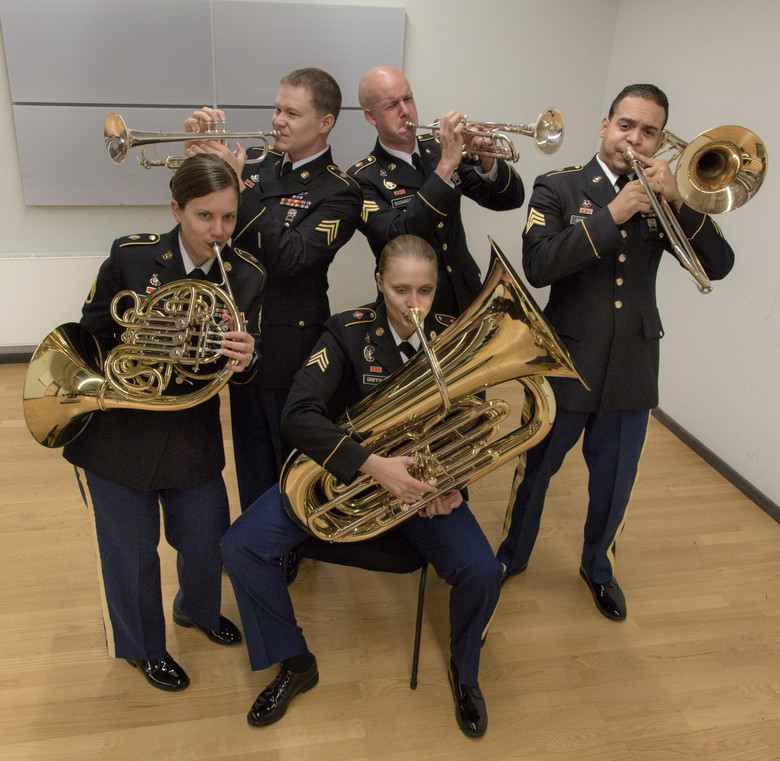Song of the Week
The Bach Ball Blog:
Rolling the ball to the beat of J.S. Bach's Little Fugue in G Minor!
Don't tell anyone, but out of all of The Music Class ball songs, "Bach Ball" is most teachers' favorite. Today, we're presenting to you our Bach Ball Blog in Bullets. Enjoy!
Bach Ball – in Five Bullets
- “Bach Ball” is adapted from a piece composed by…. You guessed it… BACH! Johann Sebastian Bach was a German composer and musician from the Baroque period. He is generally regarded as one of the greatest classical music composers of all time. The song “Bach Ball” was born because we make sure to include at least one great classical piece in each Music Class session. And we decided to roll the balls to the Bach in Music Class.

- What is the educational value of rolling balls? One of our main objectives is to expose kids to this style of music. And not just “expose” as in passively listening to classical music in the background, instead, we use the balls to directly interact with the music. For both little people and big people, we learn the best by interacting with the thing we are trying to learn. So the balls help us pay attention to the music, and also practice developing rhythm skills! Even though the ball song may appear to be one of the least focused times in Music Class, it is still very much educationally valuable.
- "Bach Ball" is based on a piece called the “Little Fugue” or “Fugue in G Minor”. It’s one of Bach's most recognizable compositions and has been used in a ton of movies and TV scores - including being used as a clue in the silly murder mystery Glass Onion! (When I watched it, I yelled "Bach Ball! Bach Ball!" and was wracking my brain for the name of the original... but Yo-Yo-Ma beat me to it. Lol you have to watch to see this amazing cameo.)
- Little Fugue in G Minor was originally written for organ, which you can hear on The Music Class recording! We also added a brass quintet on our recording. (2 trumpets + 1 French horn + 1 trombone + 1 tuba = 1 brass quintet)

- “Fugue in G Minor” is in what key? G Minor of course! (Bach's pieces are all very literal.) We changed our version of “Bach Ball” to the key of D Minor, because the easiest vocal range for children to sing is between the notes D and A. Many of our Music Class songs have been transposed to D to make it easier for the kids to sing along to.
And that ends our Bach Ball Blog Bullets! Now we have a Couple of Cool Clips for your Consumption. Enjoy!
Little Fugue in G minor on organ:
Little Fugue in G minor by a brass quintet:
Little Fugue in G minor animated graphical score: (fun visual representation of how hard this is to play!)
